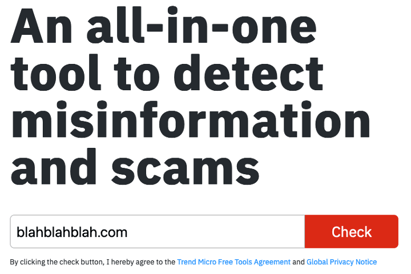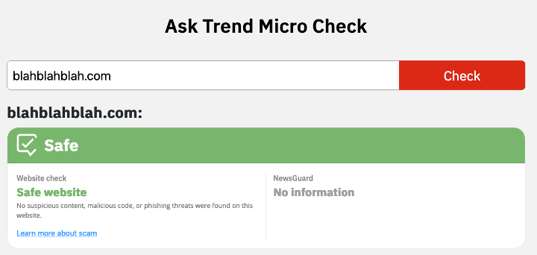Ever wonder if a link in an email is legitimate? It’s not getting any easier to tell when a website, link, or attachment is ‘phishy’ - meaning if it’s legit or something we want to avoid like, well, a plague (too soon??).
The Two Different Types of Links: HTTPS:// and TLD
When we’re talking about links, it’s important to know that there are generally two types of links.
Typical, old-school, regular ones start with the usual http(s)://xxxx and end with .com, .net, or .org.
There are many other possible (even vanity) Top-Level-Domains or TLDs for short, followed by the rest of the link that can often be very long.
To make these really long links much shorter, many people use a link-shortening tool that does shorten them.
But, the downside is it also obscures the full link, making it trickier to tell if one of these is legit or not.
Links that have been shortened in this way typically look something like goo.gl/U7bks or bit.ly/KL4r and are easy to click on when we’re not thinking.
That’s why criminals use them often.
How to Know if a Link is Legitimate
To defeat their attempts to trick us, we can use some cybersecurity tools to stay safe and smart!
For example, TrendMicro recently released this tool that checks for lots of nasty stuff and has integrations with Chrome, WhatsApp, and Messenger:

We can type any link, full-length or shortened, and the tool will verify if it’s legit. If the link is legit, we’ll see all green:

Pretty cool!
Hat tip to Rik Ferguson (https://twitter.com/rik_ferguson) for turning me onto this.
Don’t use Chrome, WhatsApp, or Messenger? Me, neither, so try this instead: https://check.trendmicro.com
Please share this tip with family and friends – together we can help make online life less stressful and more fun for everyone!



